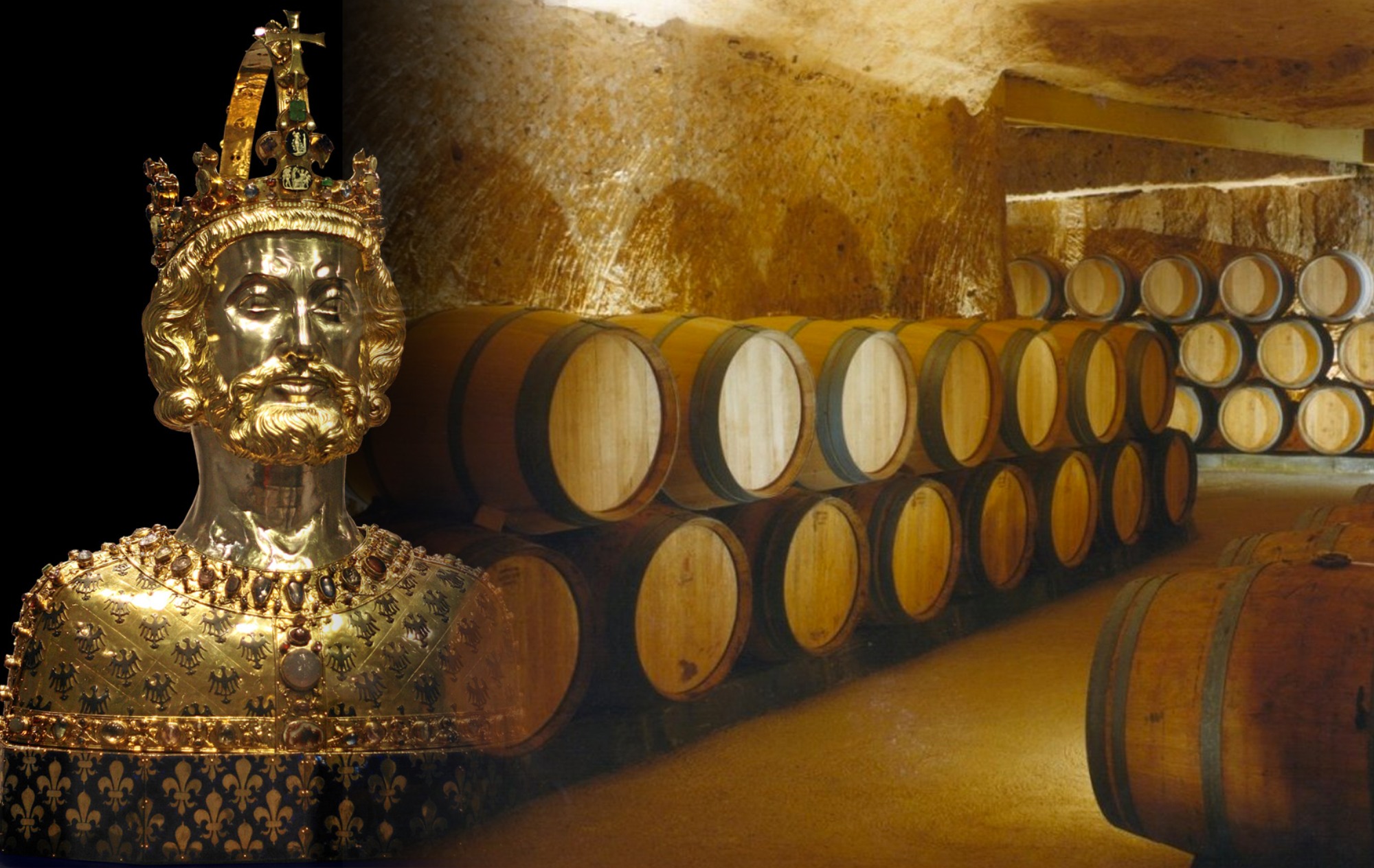The history of the property is still being developed and we will be changing and adding to it.
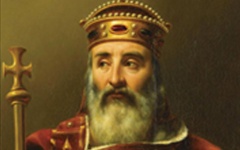
Charlemagne 769

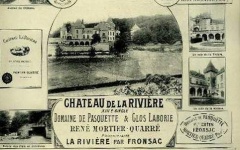
René Mortier Quarré 1900 - 1925

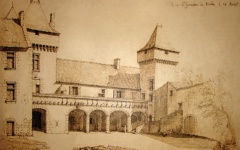
Jean Balluteaud 1925 - 1960


Jacques Borie 1960 - 1994


Jean Leprince 1994 - 2003


James Grégoire 2003 - 2013

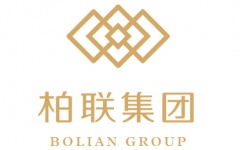
Bolian Group since end of 2013

Explanation of the coat of arms of the Château de La Rivière
A defensive fortress on the outskirts of Charlemagne's empire, under English rule, a feudal stronghold, an object of alliances and vassalage, the Château de La Rivière bears a coat of arms whose apparent simplicity forcefully expresses the loyalty and faith of its first lords;
As with many coats of arms, which came into general use between the first crusade, i.e. between 1096 and 1291, it is in the history of the fiefdom and its ties of vassalage that the meaning of the symbols used must be sought.
Figures firstly : the first of these, in the centre of the shield, The LION.
The Lion, king of the animals (but not of the birds), was the only one to oppose the arrogant eagle of the Holy Empire, on whose steps the first Château de La Rivière was raised, on the return of the Ronceveaux. The Lion, a figure much used in heraldry, is therefore often the expression of the territorial claims of feudal lords against the Carolingian sovereigns and their successors. Indeed, Aquitaine never bowed to their yoke, stubbornly fighting against Pepin, Charlemagne and Charles the Bald.
Here, more precisely, the Lion is presented as "rampant" (from the Latin rapere, to seize), i.e. standing on one hind leg and raising the other three, with its claws clearly visible, its tail raised backwards, proud (bristling hair) and above all with a sparse mane which makes it very distinctly similar (aesthetic reference or affirmation of loyalty?) to the Leopards (although not looking at the front) of the Plantagenets, symbols of their Franco-English domain. Is it necessary to recall that the fief of La Rivière, like the whole of Aquitaine, became part of the English possessions after the marriage of Henry Plantagenet and Eleanor of Aquitaine ?
The animal's double knotted tail is more surprising. Legend has it that it symbolises the reunion under the control of Gaston de l'Isle (who had the present castle built) of the two rivers that border the estate: the Dordogne and the Isle..
The dexter canton of the shield (and thus sinister to the viewer) is stamped with a cross, simple and silver, the emblem of the Christian West and the distinctive mark of the Crusaders returning from the Holy Land. On the road to Compostela and in the great movement of the first centuries of the millennium, it would not be surprising if a lord of La Rivière had decided to accompany his suzerain to the other side of the Mediterranean and, on his return, decided to stamp his coat of arms with it. A clear affirmation also perhaps of his faith and of the virtue rediscovered in a region and at a time besieged by the seductions of heresy.
"Sur un écu de tiers point
En champ d'azur bordé d'or
Un lion léopardé en chef d'or et cul d'argent
Accosté en dextre à canton une croix d'argent
bordée d'or sur fond de gueule"
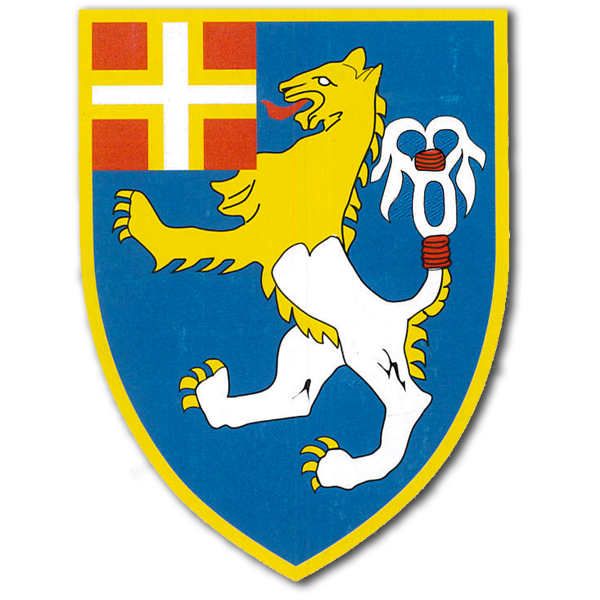
Then the colours: :
Azurefor fidelity and perseverance
Gold, for intelligence, virtue and greatness
Silver, for purity and wisdom
The Mouth (red), for the desire to serve one's country
"The wine of Château de La Rivière cannot belie its coat of arms".


